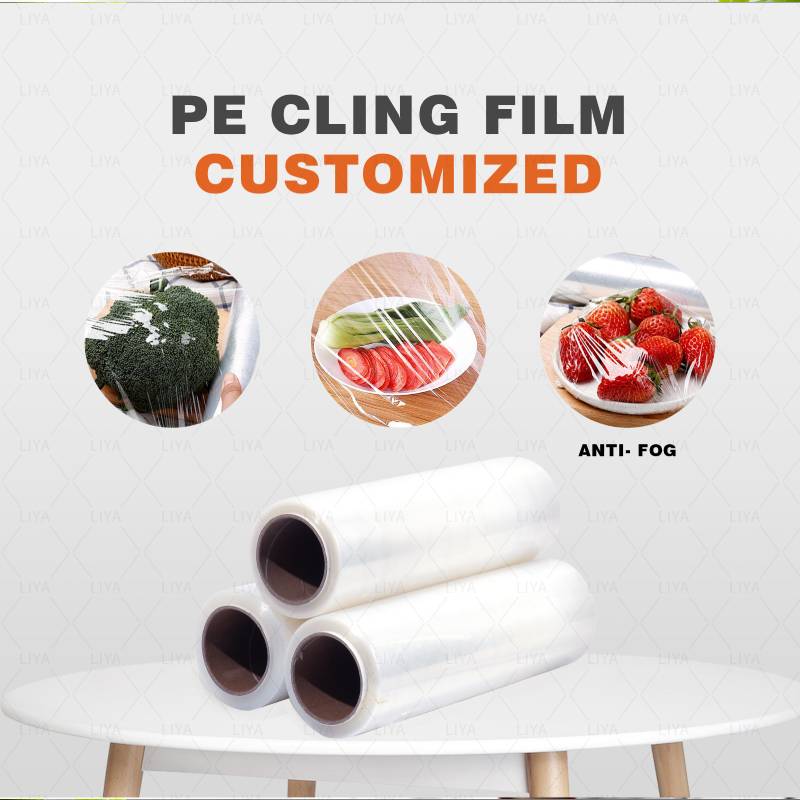food safe plastic containers
Food-Safe Plastic Containers Ensuring Safety in Food Storage
In recent years, the use of plastic containers for food storage has become increasingly popular due to their durability, affordability, and convenience. However, ensuring that these containers are food-safe is crucial for maintaining health and preventing contamination. This article will explore what makes a plastic container food-safe, the types of plastics used, and best practices for using and maintaining these containers.
What Makes a Plastic Container Food-Safe?
Food-safe plastic containers are specifically designed to store food items without posing health risks to consumers. The safety of these containers primarily depends on the materials used in their manufacturing and how they are processed.
In the United States, the Food and Drug Administration (FDA) regulates materials that contact food. If a plastic is labeled as food-safe, it often means it has been tested and approved for safe food contact. These plastics are designed to be free from harmful substances that could leach into food, especially when heated or subjected to certain environmental conditions.
Types of Food-Safe Plastics
1. Polyethylene (PE) This is one of the most commonly used plastics for food storage. It is resistant to impact and can withstand moisture, making it suitable for items like milk cartons and salad dressing bottles. There are two primary types low-density polyethylene (LDPE) and high-density polyethylene (HDPE), both of which are safe for food storage.
2. Polypropylene (PP) Known for its versatility and high melting point, polypropylene is often used in containers for hot food or liquids. It is microwave-safe and resistant to heat, which makes it an excellent choice for takeout containers and reusable lunch boxes.
3. Polyethylene Terephthalate (PET) Commonly found in beverage bottles and food packaging, PET is known for its clarity and toughness. It is widely regarded as safe for single-use applications, but it is not recommended to reuse PET containers.
4. Polycarbonate and Tritan™ Although polycarbonate is a strong plastic, it has come under scrutiny due to the potential release of bisphenol A (BPA), a chemical linked to various health issues. Tritan™, a BPA-free alternative, offers similar durability without the health risks, making it a safer choice for food storage.
food safe plastic containers

Safe Practices for Using Plastic Containers
To maximize the safety of plastic containers in food storage, here are some guidelines
1. Understand Recycling Codes Most plastic containers feature a recycling code, a number surrounded by a triangle of arrows. Familiarize yourself with these codes; for instance, 1 (PET) and 2 (HDPE) are generally regarded as food-safe, while 3 (PVC) is often avoided in food storage due to potential leaching concerns.
2. Avoid Heating Plastic Not all plastic containers are microwave-safe. Before heating food, check for the symbol indicating it is safe for microwave use. Even microwave-safe containers should not be exposed to high temperatures for prolonged periods, as this could cause chemical breakdown.
3. Maintain Hygiene Regularly clean your containers with hot soapy water to prevent bacterial growth. Avoid using abrasive cleaners that could scratch the surface, making them more prone to harbor bacteria.
4. Inspect for Damage Regularly check your plastic containers for any signs of wear and tear, such as cracking or discoloration. Damaged containers are more likely to leach chemicals into food and should be replaced.
5. Use Properly Different types of plastics have various uses. Always use food-safe containers for food storage and avoid using containers not designed for food contact.
Conclusion
Plastic containers are a staple in modern food storage, providing convenience and versatility. However, understanding which plastics are food-safe and adopting best practices can greatly reduce health risks associated with food storage. By being informed and cautious, we can enjoy the benefits of plastic while ensuring our food remains safe and free from harmful contaminants. Whether you are storing leftovers, meal prepping, or organizing your pantry, the right food-safe plastic containers can play a vital role in maintaining both food quality and safety.
-
The Best Uses for Small Trash Bags in Daily LifeNewsJul.01,2025
-
Stylish Reusable Grocery Bags TrendsNewsJul.01,2025
-
Shipping Advantages of Using Bubble Envelopes BulkNewsJul.01,2025
-
How Compostable Mailing Bags Reduce Environmental ImpactNewsJul.01,2025
-
Environmentally - Friendly Bulk Poly MailersNewsJul.01,2025
-
Eco Friendly Custom Laminated Tote BagsNewsJul.01,2025
-
Have the freedom of customizing your custom mailers any way you want! Our dedicated packaging support will help deliver you the mailing experience you need to elevate your shipping experience to the next level! Start making a strong impression on your customers and stand out from your competitors! -
LIYA uses high quality raw materials which directly purchased from large enterprises domestic and overseas such as PetroChina, Sinopec, Sabic, Equate, ExxonMobil, Dow Chemical, Total, and Borouge, ensuring the price advantage and quality of the raw materials. -
LIYA uses high quality raw materials which directly purchased from large enterprises domestic and overseas such as PetroChina, Sinopec, Sabic, Equate, ExxonMobil, Dow Chemical, Total, and Borouge, ensuring the price advantage and quality of the raw materials.





